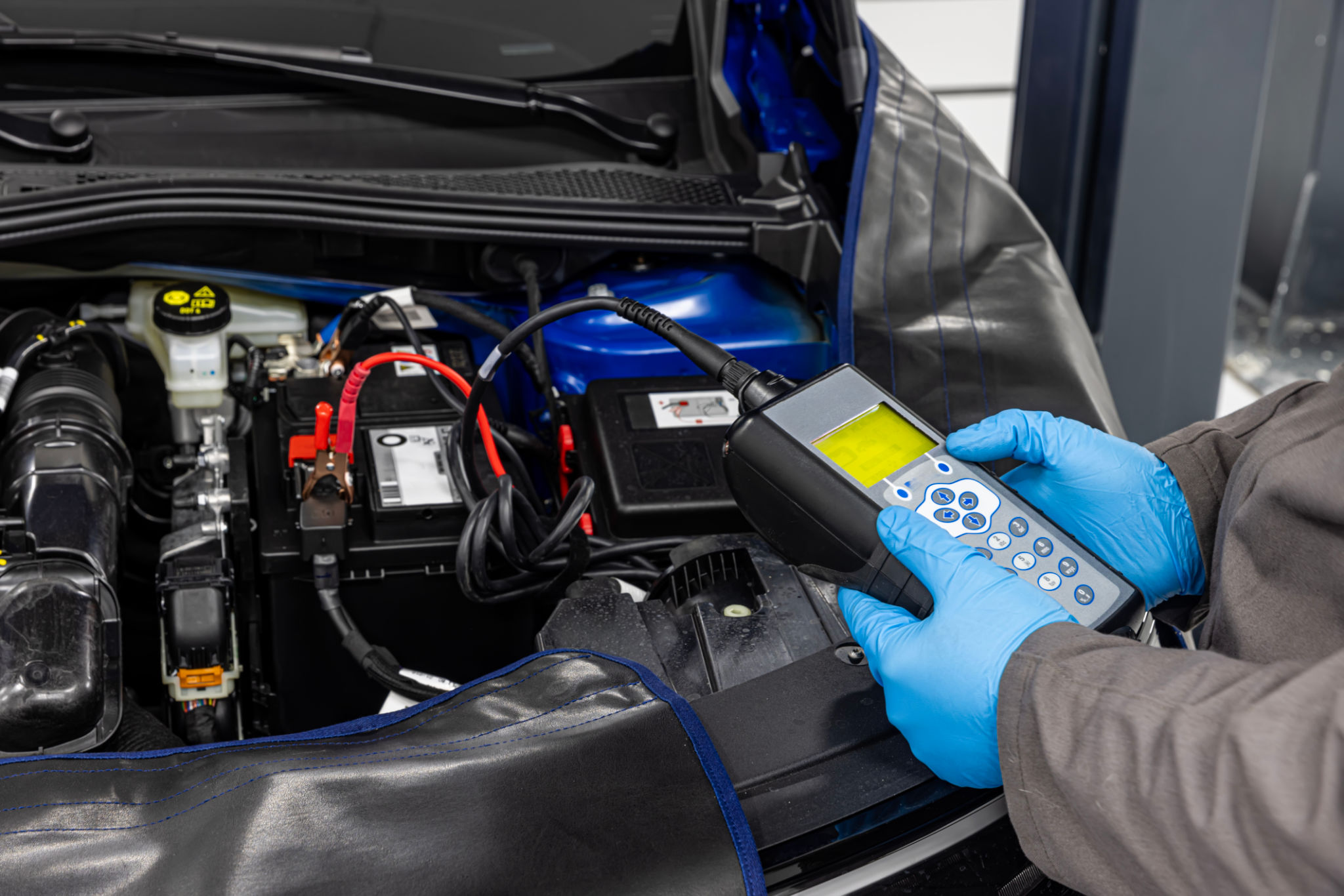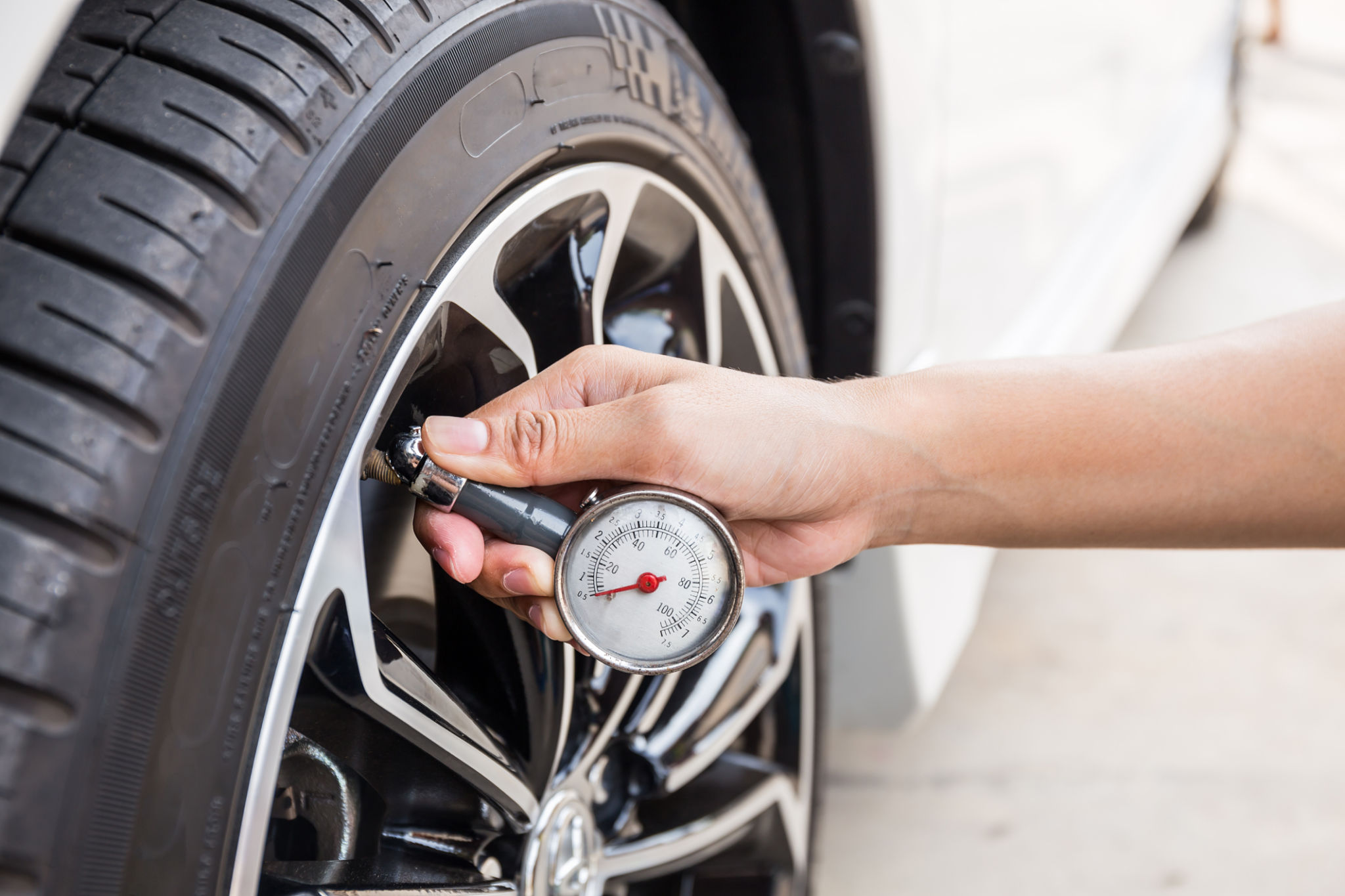How to Prepare Your Vehicle for Winter: Essential Detailing Tips
Inspect and Clean the Exterior
As winter approaches, it's crucial to give your vehicle's exterior a thorough inspection and cleaning. The cold weather, combined with salt and grime from the roads, can cause damage to your car's paint and bodywork. Start by washing your car with a high-quality car shampoo to remove any dirt and debris. Pay special attention to the undercarriage, where road salt tends to accumulate, which can lead to rust if not properly cleaned.
Once the car is clean, check for any paint chips or scratches. These should be repaired to prevent rust from forming. You may also want to apply a coat of quality wax or sealant to provide an extra layer of protection against the elements.

Protect the Windows and Mirrors
Winter weather can severely impact your visibility while driving. To prepare your windows and mirrors, start by cleaning them with a good glass cleaner. Make sure they are free of any residue that might smear or freeze over. Applying a water-repellent treatment can help rain and snow slide off more easily, improving your visibility even in bad weather.
Don’t forget to check the windshield wipers. If they are worn or leave streaks, replace them with new ones designed for winter use. It's also wise to ensure you have plenty of windshield washer fluid that is rated for freezing temperatures.
Detail the Interior
While it's easy to focus on the exterior, your car's interior also requires attention during winter preparations. Start by vacuuming the carpets and seats to remove any dust and dirt. Consider using rubber floor mats to protect the interior from snow, mud, and salt, which can be brought in on your shoes.

Additionally, clean and condition leather seats to prevent them from cracking in the cold weather. If you have fabric seats, consider using a fabric protector spray to help repel moisture and stains. Keeping your interior clean will not only make your car more comfortable but also maintain its value over time.
Check the Battery and Fluids
Cold temperatures can take a toll on your vehicle's battery, so make sure it's in good condition before winter sets in. Check for any signs of corrosion on the terminals and ensure they are tightly connected. If your battery is more than three years old, consider having it tested by a professional to determine if it needs replacement.

It's also important to check all essential fluids, such as coolant, oil, and transmission fluid, as these can affect your car’s performance in cold weather. Make sure they are at the right levels and replace them if necessary with winter-grade options.
Inspect Tires and Brakes
Proper tire maintenance is crucial for safe winter driving. Ensure that your tires have adequate tread depth for optimal traction on slippery roads. If you live in an area prone to heavy snow, winter tires or all-season tires with a good tread pattern may be necessary.
Check tire pressure regularly, as it can fluctuate with temperature changes. Under-inflated tires can reduce fuel efficiency and make handling more difficult. Furthermore, examine your brakes and ensure they are functioning correctly. Good brakes are essential for safe stopping on icy roads.

Prepare an Emergency Kit
Even with all the preparation in the world, unexpected situations can arise during winter driving. Prepare an emergency kit to keep in your car at all times. This kit should include items such as a blanket, flashlight, first-aid kit, jumper cables, ice scraper, and non-perishable snacks.
If you frequently travel long distances or through remote areas, consider adding extra items like a portable phone charger, a small shovel, or tire chains. Being prepared can make all the difference if you find yourself stuck in a winter storm.
